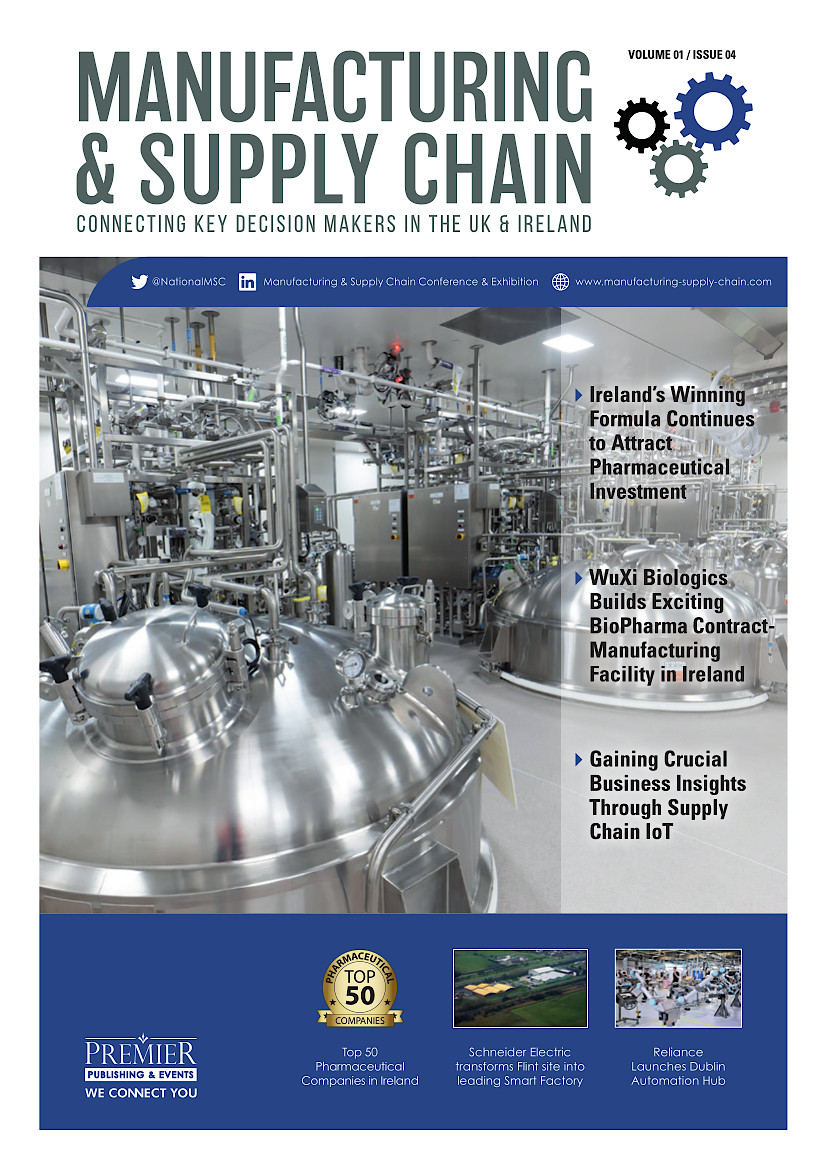Nearly 45% of Irish Employees Say Their CEO Isn’t Visible to Staff

Nearly 45% of employees say that their CEO isn’t visible to staff and discourages them from dropping into their office, according to a new report published by Dublin-based communications agency PR360. Almost 30% of CEOs rarely or never socialise with staff, and a third of employees say that their CEO doesn’t even know their name.
The PR360 ‘New Times, New Leaders: CEO Communications Report 2019’, which examines employees’ attitude to their CEO or organisational head’s communication abilities, finds that although CEOs appreciate the basic value of communications, few have any proper communications strategy in place. The report shows that employees who are informed and engaged feel better about their work and do more of it, benefiting their organisation’s productivity and revenue.
82% of employees say regular company-wide communication from the CEO is important. Among this group, 89% say that regular communication is good for morale and productivity, and 70% say it makes them feel valued. Nearly a third (29%) say that effective CEO communications result in improved financial performance.

Dan Pender.
Despite positive sentiment towards CEO communications among employees, 40% say that their CEO rates “okay”, “poor” or “very poor” for communication. Nearly half (46%) say they have had fewer than five interactions with the most senior person in their organisation—be that an email or a face-to-face meeting—in the last 12 months.
By failing to engage with employees, CEOs could even be harming their organisation’s ability to innovate. Just over 40% of employees say that they do not feel comfortable approaching their CEO with a new idea for the business.
Facing challenges
In challenging or crisis situations, like a business merger or a strike, the majority of employees have received an explanation or communication from the CEO or other senior leader. However, 38% of employees have heard a news story about their employer in the media before it was communicated internally at least once before.
While 40% of employers later provided a formal explanation, 43% provided an unsatisfactory one, and 18% remained completely silent on the matter.
This head-in-the-sand ‘strategy’ has consequences. 27% of employees say they became disillusioned with the head of the organisation and management as a result, 25% said they didn’t feel valued, and 20% said it made them question their future in the role.
Commenting on the report’s findings, Dan Pender, Managing Director of PR360, said: “The New Times, New Leaders Report shows that while many CEOs get the basics of communications right, their lack of an over-arching communications strategy and weaknesses in how they engage is harming morale and productivity, especially during times of change.
“The world of the CEO is a world of competing priorities. Clients must be kept happy, new work must be won, and employees attracted and retained. They also may need to engage with audiences that may not necessarily like them. The one thread that ties these disparate business strands together—and makes them work in unison—is communications. Knowing why, what and how to communicate, internally and externally, is the CEO’s most powerful asset.
“The best employees value good leadership and direction. When the CEO doesn’t lead or avoids dealing with challenges and crises, these employees grow disillusioned and look elsewhere for work. In an extremely tight labour market full of opportunity, a confident, proactive CEO is often the only thing keeping a good employee from jumping ship.
“The CEO is no longer just the suit at the top of the food chain. In a post-Steve Jobs world, CEOs are visionaries and leaders as much as they are heads of business. The CEO who broadly embraces an empathetic and open approach to communications will create a positive, more productive workplace culture. They will also improve their own performance.”
























